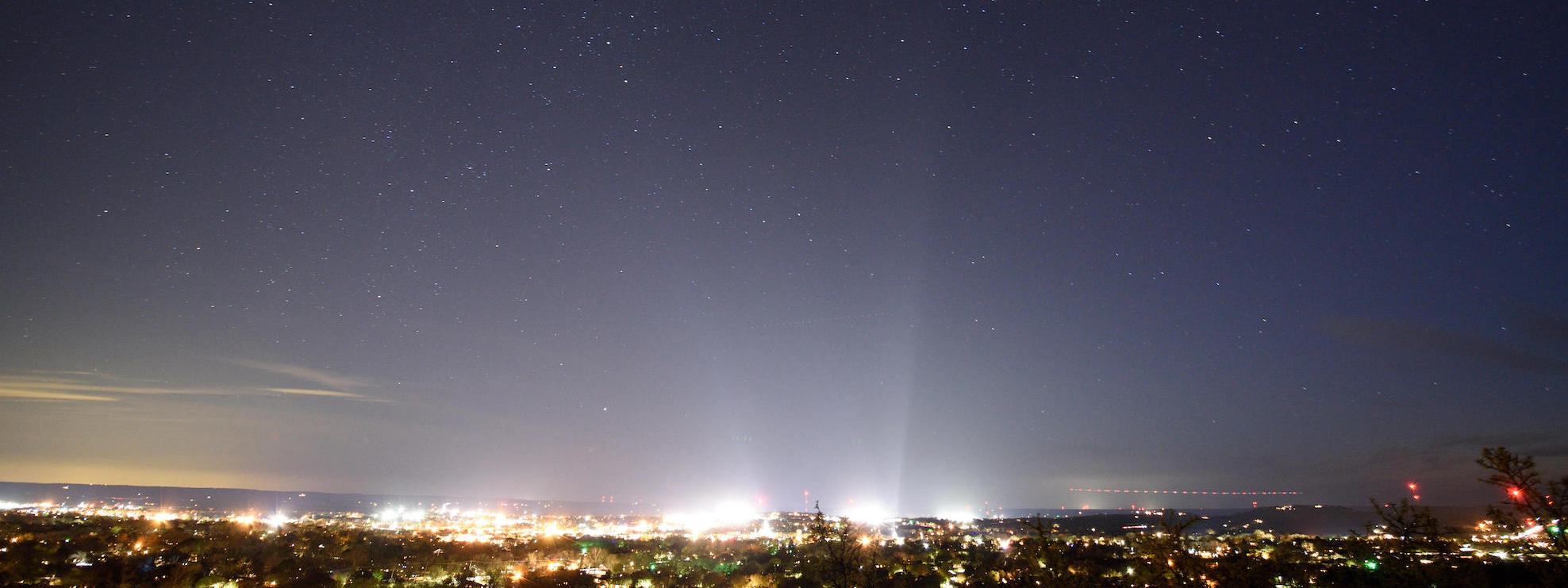A group of visitors gathers around the patient. She’s unconscious, her head encased in an anesthesia mask. With encouragement from the doctor standing by, we each reach out a hand, nervously at first, and begin to pet her soft belly.
It’s a strange privilege, stroking the tummy feathers of a $100,000 falcon asleep on a hospital gurney.
It’s easy to miss the entrance to the Abu Dhabi Falcon Hospital. Just 20 years old, the hospital’s facilities are a labyrinth of surgical rooms, an outdoor aviary like a stout grain silo and a small museum with taxidermy panoramas. Some 11,000 injured falcons are treated annually but tourists flock here too, for two-hour, twice-daily tours.
A tour guide discusses the history of the hospital, then the 4,000-year history of falconry, which helped nomadic Bedouin families source food in the barren desert of the Arabian Peninsula. Today the sport is less for survival, he says, and more an exercise of heritage and cultural pride.

The tour group files from the greeting area into an open blue room—blue cabinets, blue Formica floor, blue latex gloves, blue surgical masks, blue scrubs—where dozens of falcons in leather hoods perch on green Astroturf, awaiting their routine procedures. The anesthetized avian patient on the table, whose belly we pet, is here to have her talons and beak coped (filed, trimmed). Others will have their broken feathers imped, or be treated for aspergillosis or bumblefoot, or undergo more complex surgeries—for broken legs; broken wings.
In the Middle East, falconry has its own rites of passage, age-old traditions, guarded laws and stories. So few are insiders to that world, and yet so many people around the world seem to share some primitive human draw to the bird of prey. We are bewitched by it, and the tourism industry knows it: Whether along a camel trek in the United Arab Emirates or at a five-star resort in Colorado Springs, paid falconry demonstrations are growing more popular, diluting the spell—just a little—selling the image of the bird, and the culture of falconry, like a souvenir. (This is not all bad, one could argue, because seeing a raptor up close seems to awaken something ancient in us that perhaps we should pay more attention to.)
Here at the hospital, where birds aren’t worshipped but respected, brought out not as spectacles but as clients. I understand why a clinic for birds wins the World Travel Awards year after year, and why I’d go back. Unlike so much else here for tourists, it doesn’t exist for our amusement; it’s a tour laid over the everyday work of keeping birds of prey as partners. At the hospital, we feel a little less like tourists and a little more like strangers invited in.




